Dilophosaurus was the first sizeable carnivorous dinosaur in North America. It is known for the two famous rounded ridges on its skull.
Today, you can have fun with these dinosaurs. Get Dilophosaurus coloring pages below. You can color them as you like after printing them. Happy coloring.
Free Dilophosaurus Coloring Pages

cartoon dilophosaurus coloring pages 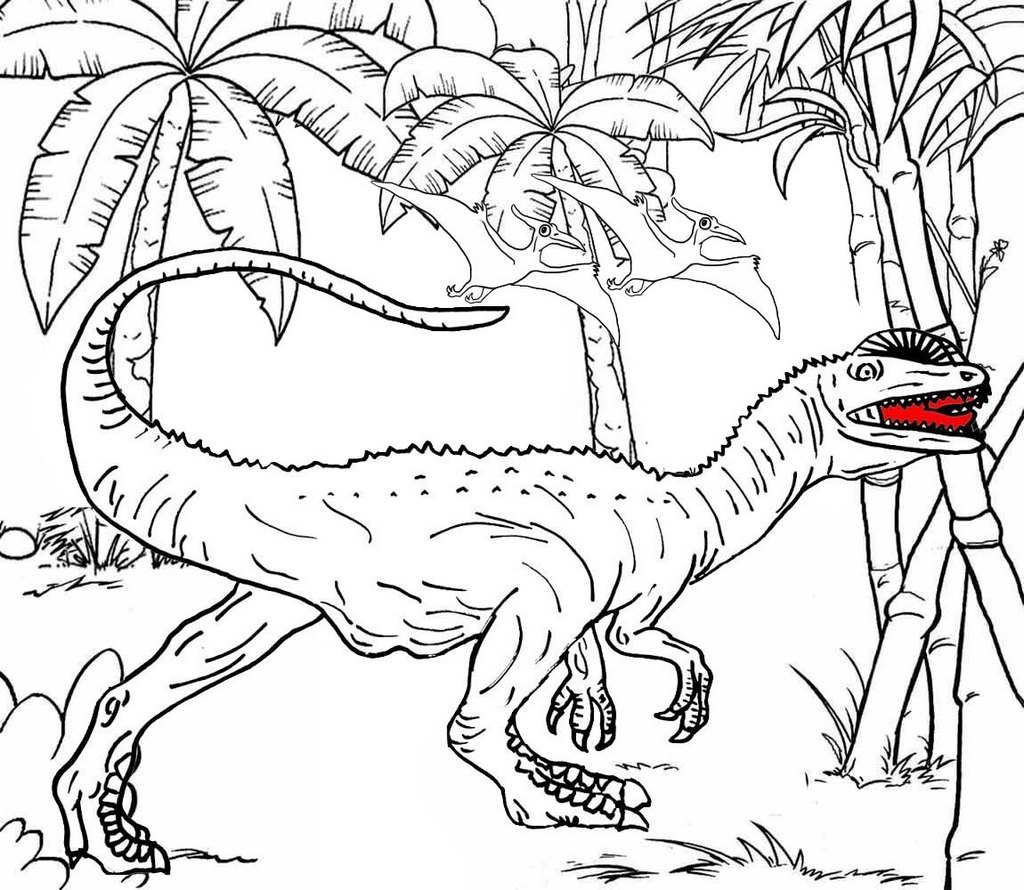
coloring pages dilophosaurus 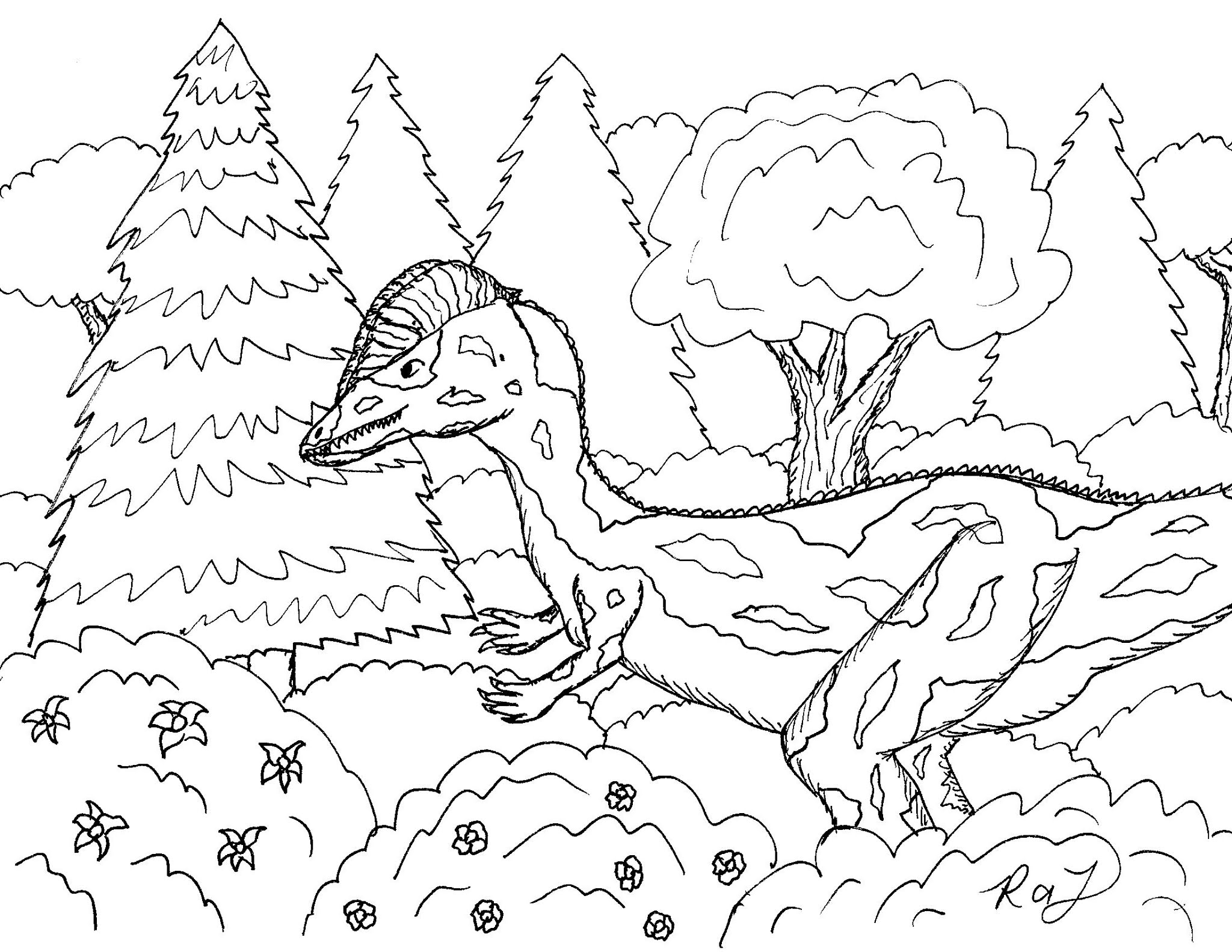
dilophosaurus coloring pages for kids 
dilophosaurus coloring pages to print 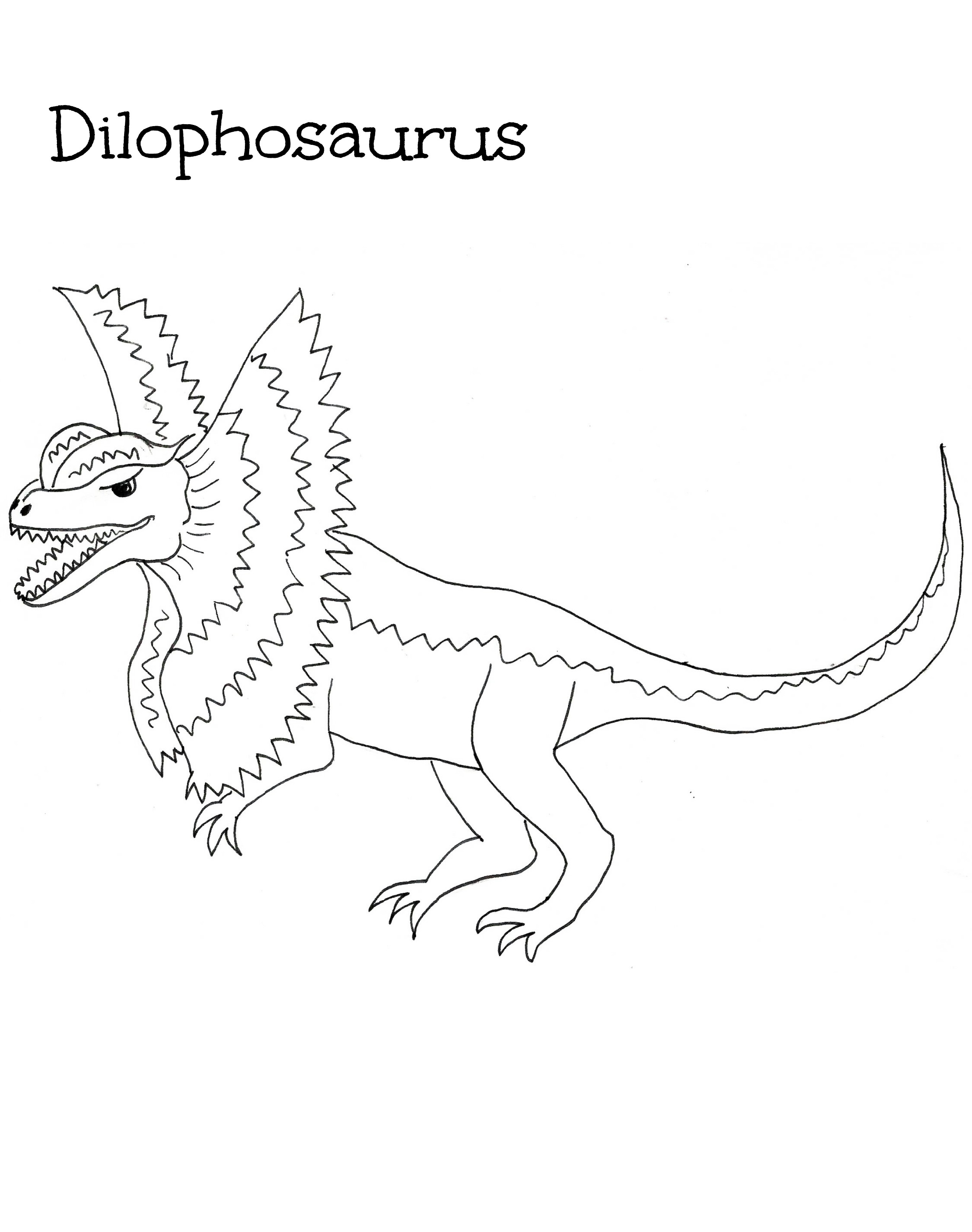
dilophosaurus coloring pages 
dinosaurs dilophosaurus coloring pages 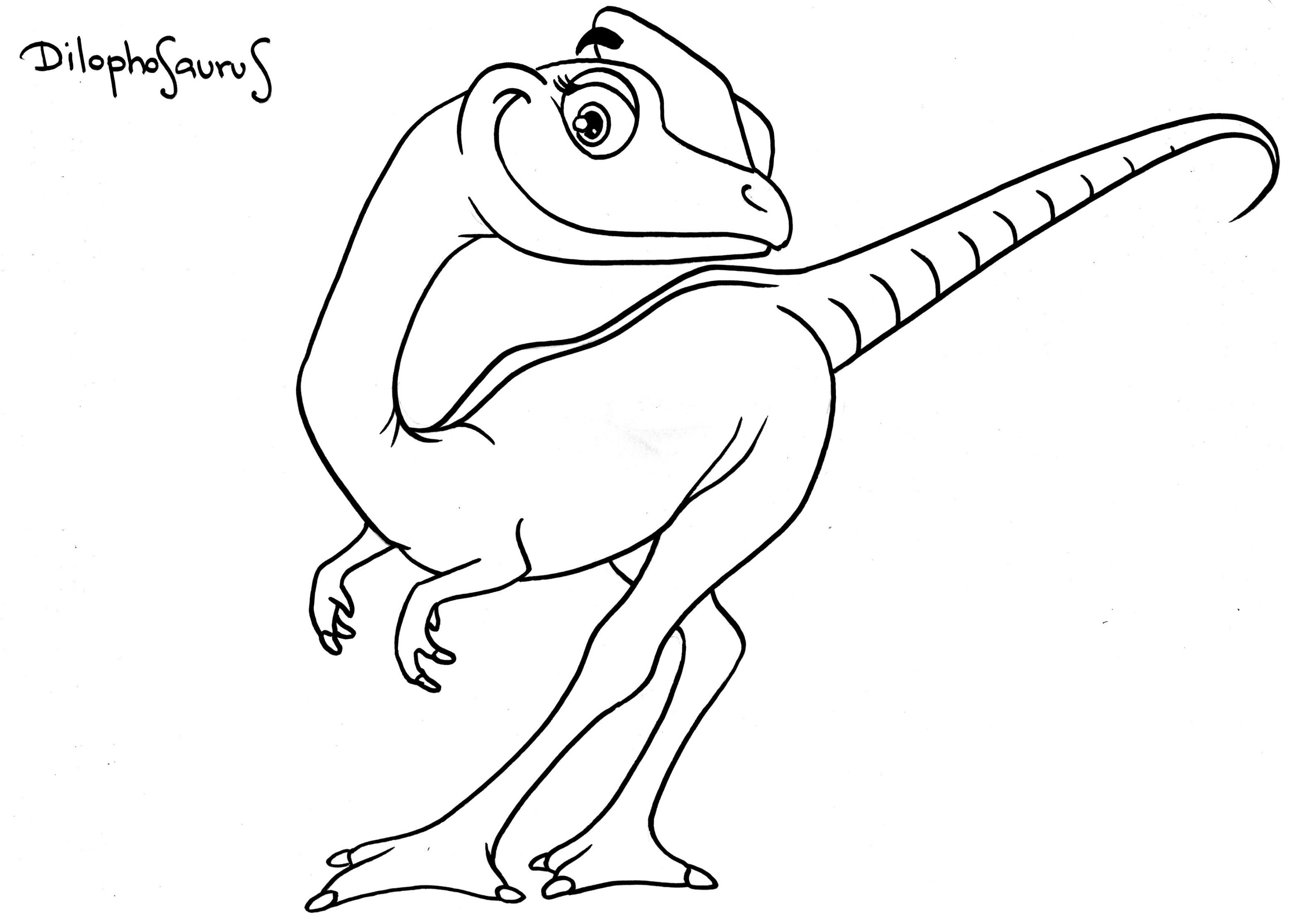
free dilophosaurus coloring pages 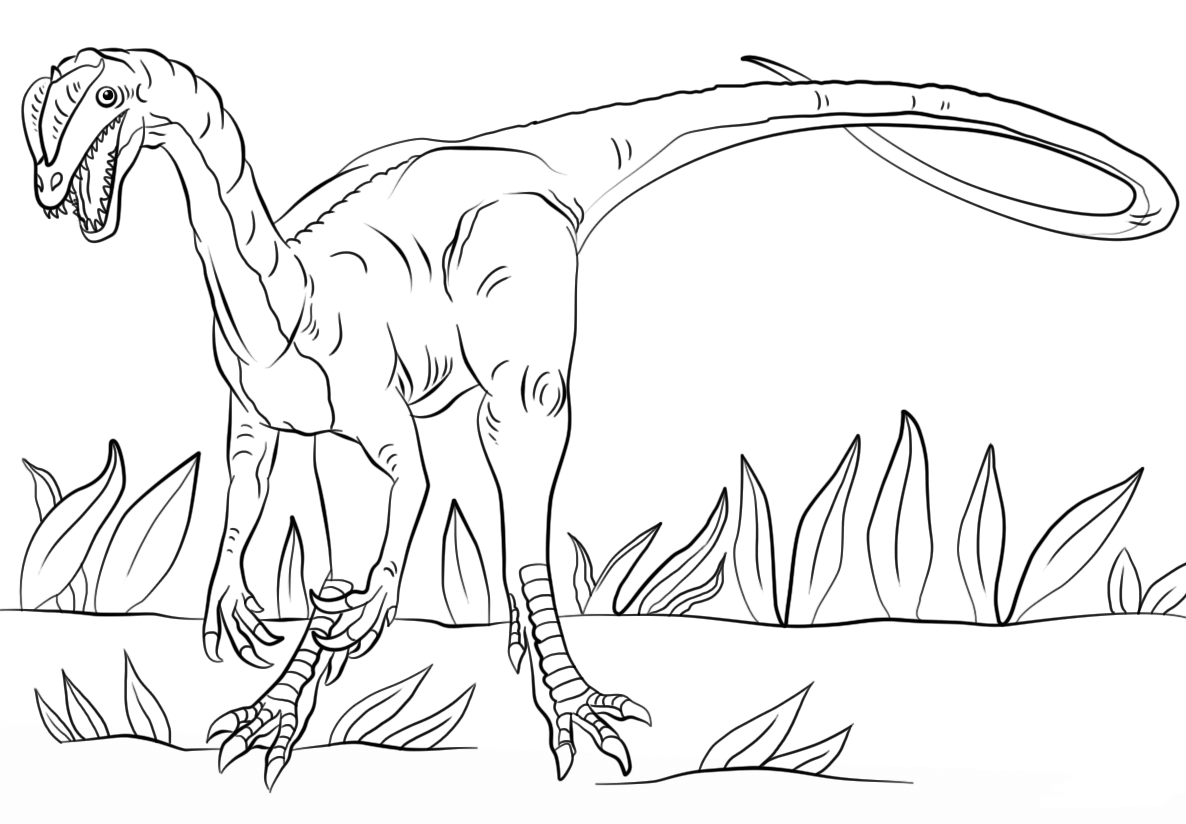
free printable dilophosaurus coloring pages 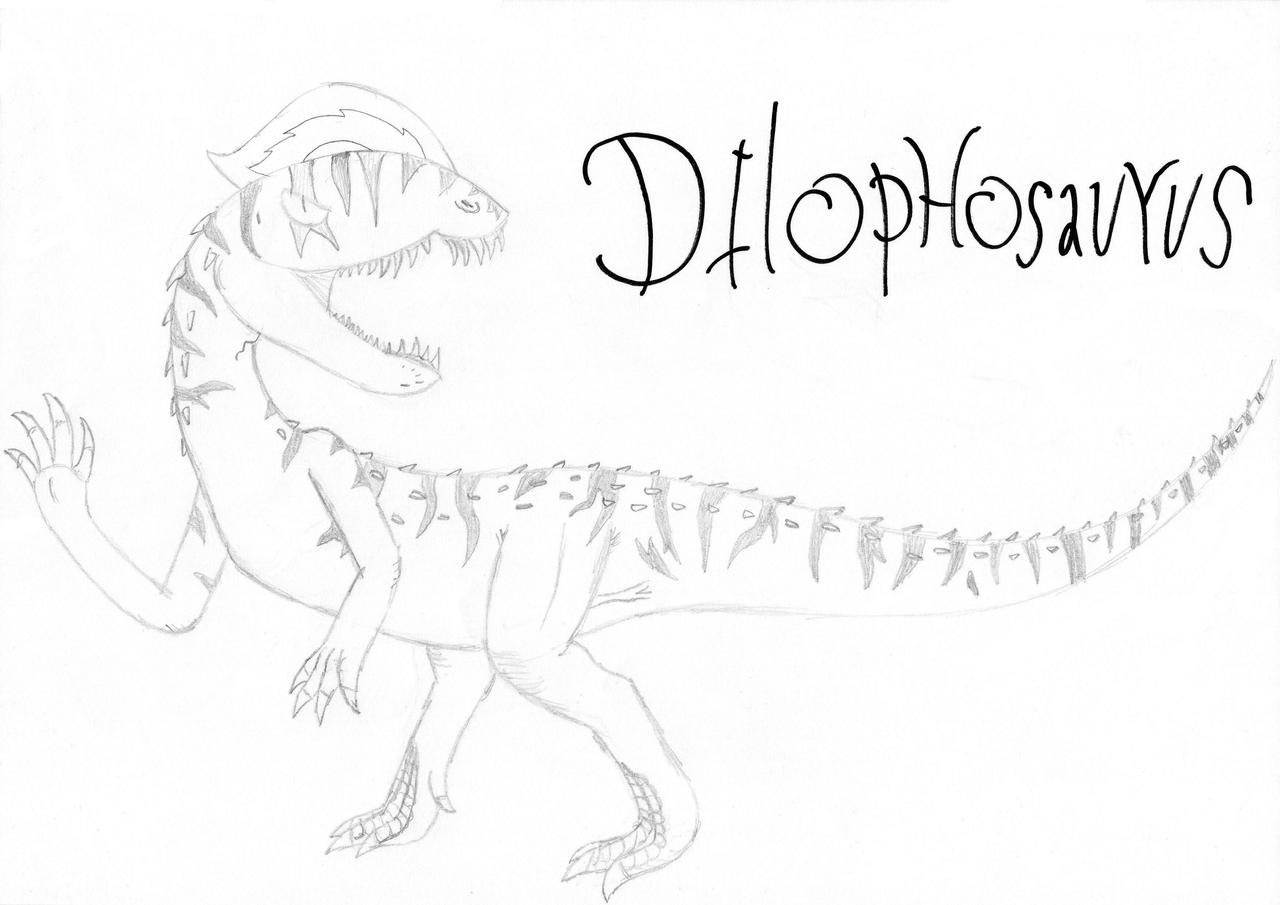
printable dilophosaurus coloring pages 
realistic dilophosaurus coloring pages
Its fossils were discovered in the southwestern United States and possibly China. Although primitive in terms of Tyrannosaurus rex or Allosaurus, it was a very advanced predator in its time (the Early Jurassic period).
Thanks to its depiction in Hollywood movies like Jurassic Park, Dilophosaurus is one of the most misunderstood of all dinosaurs.
The movie depicted this dinosaur doing things it is not believed to have done in real life. For example, in the film, it is shown spitting venom at its prey to blind it.
There is no evidence that Dilophosaurus was vicious or that any dinosaur could spray venom the same way as in the movie.
Another thing that is incorrectly presented in these films is the size of these animals. In the movie, these dinosaurs were seen as cute dog-sized creatures.
This is not the case in real life. In reality, these creatures were about 6 meters (20 feet) long and weighed nearly half a ton. Much more extensive than the average dog, for sure.
Dilophosaurus had powerful legs and short arms and two thin, highly arched ridges on the head to show large teeth and stout construction. It was built light, slender and fast.
It probably fed on smaller animals, as it was not built to face, kill and eat larger prey. Its teeth were very long but had a small base, and its mouth was not well constructed to consume larger animals.
The dinosaur had a large double crest on its head, hence its name. This dinosaur had a peculiar notch behind the first row of teeth, making it look like a crocodile. The notch was due to a weak connection in the skull bones.
Currently, only a single species of this dinosaur is recognized, Dilophosaurus wetherilli. However, throughout history, there has been speculation about other species:
However, both discoveries were discarded from being species related to Dilophosaurus. It was later proved that they were told to other dinosaurs discovered in other latitudes, which was very different from Dilophosaurus.
It can be not easy to determine the exact ecosystems dinosaurs roamed because not everything is easily fossilized.
Even if we discover fossils of a dinosaur in one area, they could have lived in a completely different ecosystem nearby and simply never fossilized there.
This dinosaur lived in the Early Jurassic, about 189 to 201 million years ago, according to fossil records.
Scientists debate the exact prey range of these dinosaurs. It is probably they fed on small animals and potentially also ate carrion. Researchers are still unsure if these dinosaurs are also provided on large animals.
The most recent theory suggests that they fed primarily on aquatic creatures based on their tooth structure and possible habitat.
Researchers believe that this dinosaur species may have hunted fish as well as other animals. The structure of the front teeth closely resembles that of alligators and crocodiles.